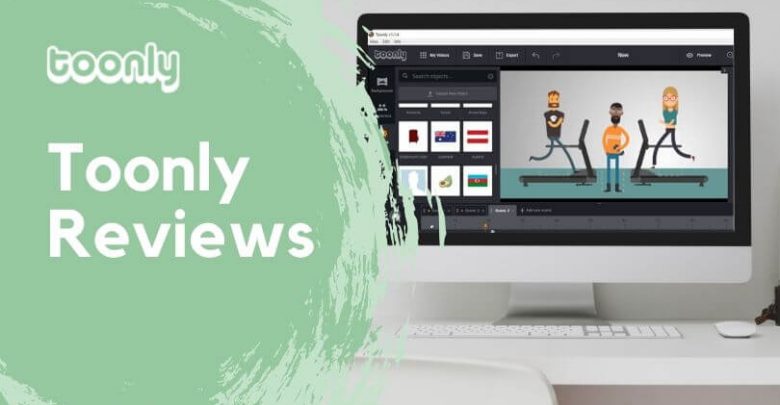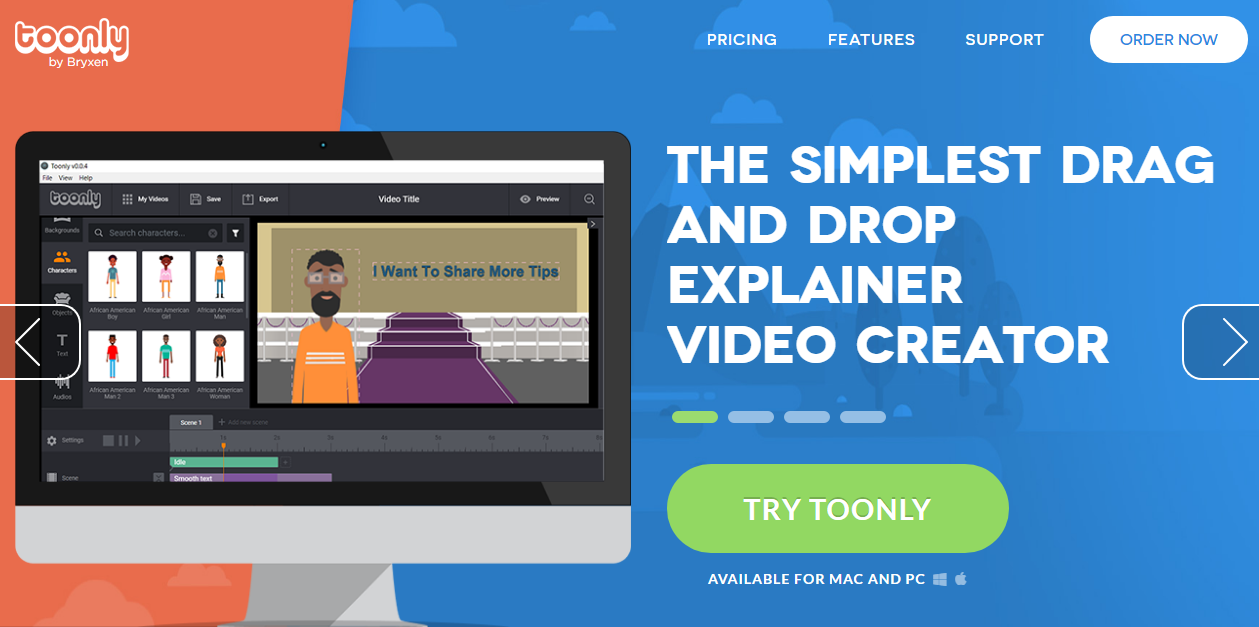How Do I Get Custom Characters?
An idea is the most basic prerequisite, but how do we make this idea a reality? Building characters can be achieved in any way you want; it doesn’t have to be a humanoid structure, but keeping it as simple as possible is a good idea. If you have too many extra parts after you finish creating your character, I suggest joining the ones that go together so the rigging process is a lot easier. One of the most critical aspects of creating a custom character is naming it. If you have a humanoid-shaped character, you should name it similarly to a regular character, otherwise the animation editor would throw a fit. As you can see in this picture, I named all of my parts after the regular character, with a few additional custom names thrown in for good measure.

The HumanoidRootPart is the single most important component (HRP for short). Every rig needs an HRP because it is the command center from which the humanoid bases all of its actions. For best performance, the HRP should be positioned directly above the legs and covering the entire torso. It’s not necessary to make it that big, but it’s a good idea. Rigging is the most basic, but also the most perplexing, aspect of it all. After you’ve perfected the rig, it’s time to create animations to go with it. If you can’t use the Roblox animation editor for your setup, double-check that it’s formatted correctly. Add a Humanoid and call the Character “StarterCharacter” if you want players to play as this character.
If you don’t untangle anything inside the rig right away, it will freeze in the cold. You’ll need to change or create your own default animation code to incorporate any animations you created. When you play as your character, you will find that your character appears to float or that its legs are sunken into the ground as you walk. This is normal; to correct it, change the HipHeight property in Humanoid. You’ll have to guess and verify before you get it right; I’d just change the property through properties while in test mode, then add it to the StarterCharacters Humanoid once you’ve determined the exact amount.
This is where things start to get interesting. There’s a fair chance that the videos and visual content you produce are targeted at a particular demographic. Your customers are your people if you’re in sales. Are you interested in working as a corporate trainer or in instructional design? Employees you want to onboard or upskill are most likely your target audience. Your leads, followers, and fans are your audience if you’re a marketer. Consider the character you’re interacting with and who will visually reflect them, regardless of who the audience is. People want to see characters in the videos they watch that are like them. It adds to the appeal and relatability of your story. Characters that are relatable to your audience make them feel seen and heard. Why wouldn’t you want to make them feel like they belong? You can also check Toonly review for more creativity.


